1. Discovering Yellowstone National Park
Are you an adventure enthusiast or a nature lover? Then you must visit Yellowstone National Park! Located in the northwestern corner of Wyoming, this park spans more than 2 million acres and offers unparalleled natural beauty. It's known for its geysers, hot springs, and wildlife, including grizzly bears, wolves, bison, and elk. In this article, we'll explore some travel tips that will help you plan an unforgettable trip to Yellowstone National Park.
2. Understanding Yellowstone National Park
Yellowstone National Park is the world's first national park. It was established in 1872 and covers parts of Wyoming, Montana, and Idaho. The park sits atop one of the world's largest active volcanic systems, and its unique landscape is a result of volcanic activity. Yellowstone has a vast network of hydrothermal features, including geysers, hot springs, mud pots, and fumaroles.
Yellowstone is also home to a diverse range of wildlife, including predators such as grizzly bears, wolves, and mountain lions. It's important to note that while these animals are a highlight of the park, they are wild and can be dangerous. Visitors should remain at a safe distance and follow park guidelines.

3. The Significance of Yellowstone National Park
Yellowstone National Park is a unique and significant destination for travelers. It not only offers stunning natural beauty but also has historical and cultural value. Native American tribes have lived in the area for thousands of years, and the park holds great significance for many of these tribes.
Additionally, Yellowstone is a symbol of the conservation movement. Its protection as a national park was a groundbreaking decision that set the stage for the creation of many other national parks around the world. Today, Yellowstone remains a model for conservation and showcases the importance of preserving our planet's natural wonders.
Whether you're interested in history, culture, or natural beauty, Yellowstone National Park offers a one-of-a-kind travel experience. With these travel tips, you can make the most of your visit and create memories that will last a lifetime.
4. Essential Tips for Traveling to Yellowstone National Park
4.1 Preparing for Your Visit
Before traveling to Yellowstone National Park, it's important to plan and prepare for your trip. Research the best time to visit, depending on your interests, as well as weather conditions and road closures. Reservations for accommodations and activities can fill up quickly, so make sure to book in advance, especially during peak season. It's also important to bring necessary gear and clothing for the activities you plan on doing.

4.2 Safety Tips
While Yellowstone National Park is a beautiful place to visit, it can also be dangerous if visitors don't practice safety measures. Make sure to follow all park rules and regulations, including staying on designated trails and not approaching wildlife. Carry bear spray while hiking and know how to properly use it. It's also important to stay aware of weather conditions and avoid hiking during thunderstorms.
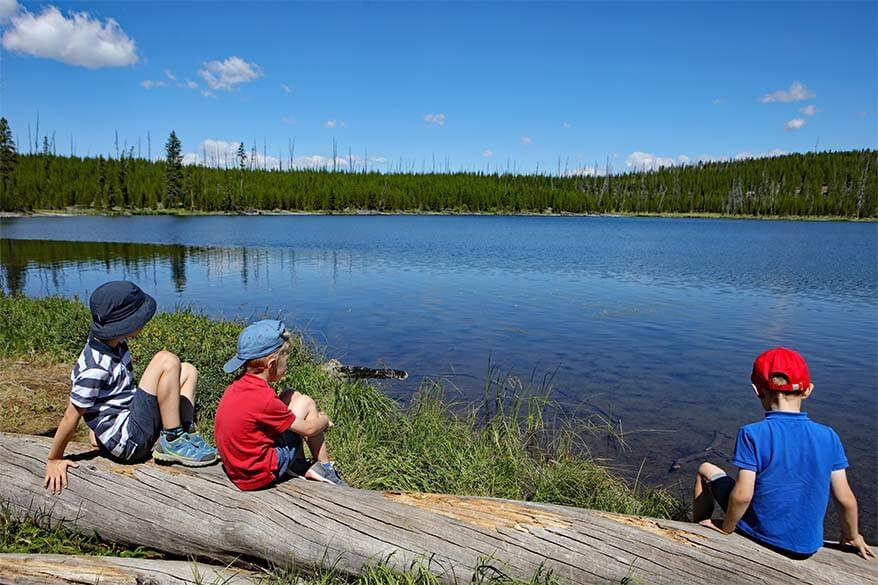
4.3 Leave No Trace Principles
One of the most important things visitors can do when traveling to Yellowstone National Park is to practice Leave No Trace principles. This means packing out all trash, minimizing campfire impact, and respecting wildlife and natural resources. By following these principles, we can help preserve the park's natural beauty and ensure future generations can enjoy it too.
5. Exploring Yellowstone's Natural Wonders
5.1 Geysers and Hot Springs
Yellowstone National Park is home to hundreds of geysers and hot springs, making it one of the most unique places in the world. Some notable geysers include Old Faithful and Steamboat Geyser, while popular hot springs include Grand Prismatic and Morning Glory Pool. Visitors can take guided tours or explore on their own, but it's important to stay on designated trails and respect the fragile ecosystem.
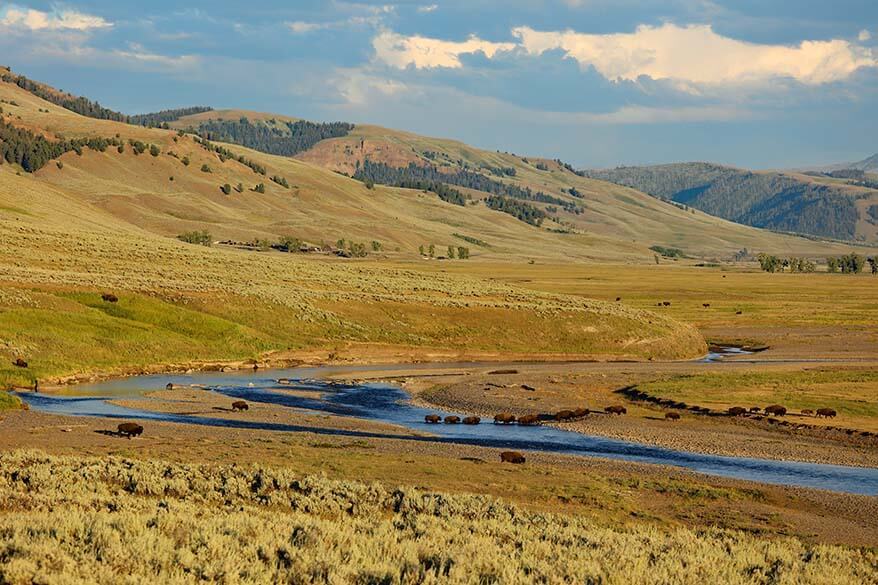
5.2 Hiking and Wildlife Watching
Yellowstone National Park offers over 1,000 miles of hiking trails, ranging from easy walks to strenuous multi-day backpacking trips. Hiking is a great way to get up close and personal with the park's wildlife, such as bison, elk, and wolves. It's important to stay a safe distance from all wildlife and never approach or feed them. Additionally, always be prepared for changing weather conditions and carry necessary gear and supplies.
5.3 Water Activities
Yellowstone National Park is also home to several lakes and rivers, offering visitors the opportunity to enjoy water activities such as fishing and kayaking. Fishing requires a permit, but visitors can also rent boats and kayaks from various locations throughout the park. It's important to follow all regulations and practice Leave No Trace principles when participating in water activities.

6. Choosing Accommodations in Yellowstone
6.1 Camping
For visitors looking to fully immerse themselves in the park's natural beauty, camping is a great option. Yellowstone National Park offers over 2,000 campsites, ranging from primitive to full-service RV sites. Campsites can fill up quickly, so it's important to make reservations in advance. Additionally, visitors should be prepared to follow all camping regulations and practice Leave No Trace principles.

6.2 Lodges and Cabins
For those looking for a bit more comfort and convenience, Yellowstone National Park offers several lodges and cabins. These accommodations offer amenities such as restaurants, gift shops, and guided tours. Reservations for lodges and cabins should be made well in advance, as they too can fill up quickly. It's important to note that lodges and cabins can be more expensive than camping.
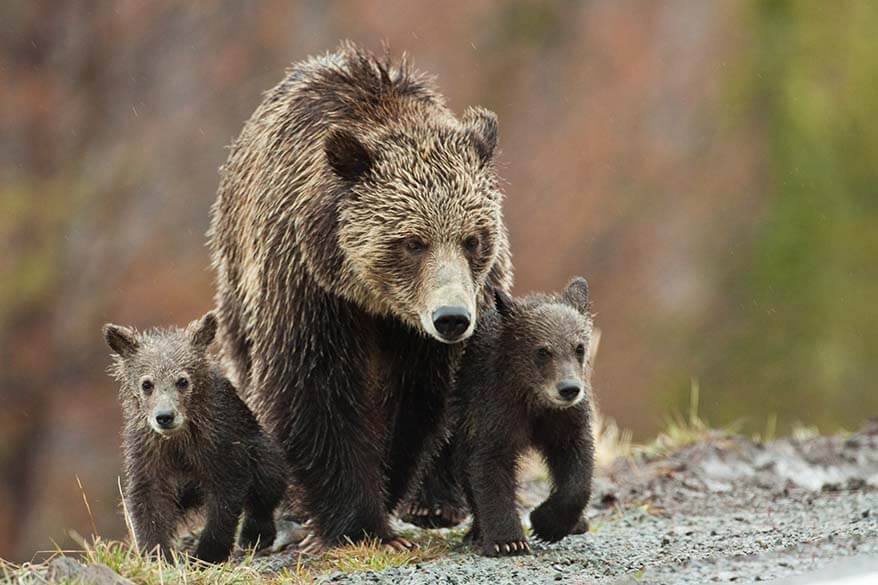
6.3 Nearby Accommodations
For those who prefer not to stay within the park, there are many nearby accommodations, including hotels, motels, and vacation rentals. Staying outside the park can be more cost-effective, but it also means less time spent in the park and potentially longer travel times. Additionally, visitors should be aware of the impact their accommodations may have on the environment and natural resources.
7. Alternatives for Yellowstone National Park
7.1 Grand Teton National Park
While Yellowstone National Park is a must-see destination, it can get crowded during peak season. If you're looking for a quieter alternative, we recommend visiting Grand Teton National Park. Located just south of Yellowstone, this park offers stunning views of the Teton Range and wildlife such as moose, elk, and bears. You can still experience the outdoors in all its glory without the crowds.
7.2 Glacier National Park
Another alternative to Yellowstone is Glacier National Park, located in Montana. This park offers gorgeous scenery with over 700 miles of hiking trails and stunning glaciers that are slowly disappearing. Driving the Going-to-the-Sun Road is a must-do activity, and you'll see wildlife such as bighorn sheep, mountain goats, elk, and grizzly bears. For a more serene experience, explore the park's numerous waterways by kayaking or canoeing.
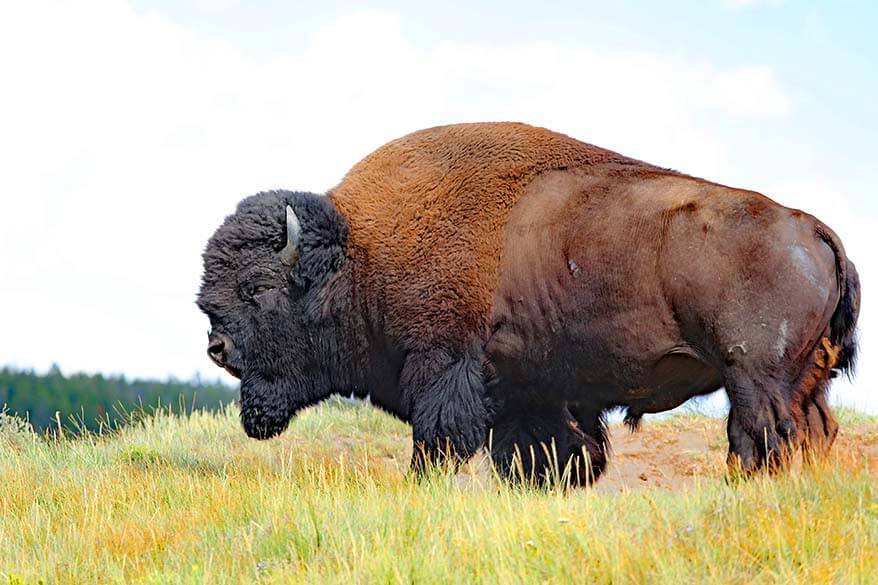
8. Tips for Visiting Yellowstone National Park
8.1 Prepare for changeable weather
Yellowstone has unpredictable weather, so it's best to pack for all types of conditions. Even in the summertime, it can get cold at night, so bring warm layers. Also, be prepared for rainstorms, which can come quickly.
8.2 Stay on the trails and boardwalks
To preserve the natural beauty of Yellowstone, it's important to stay on designated trails and boardwalks. These areas are designed to protect the fragile ecosystem of the park. Stepping off the trails can cause damage to the surrounding area and harm the delicate balance of nature.
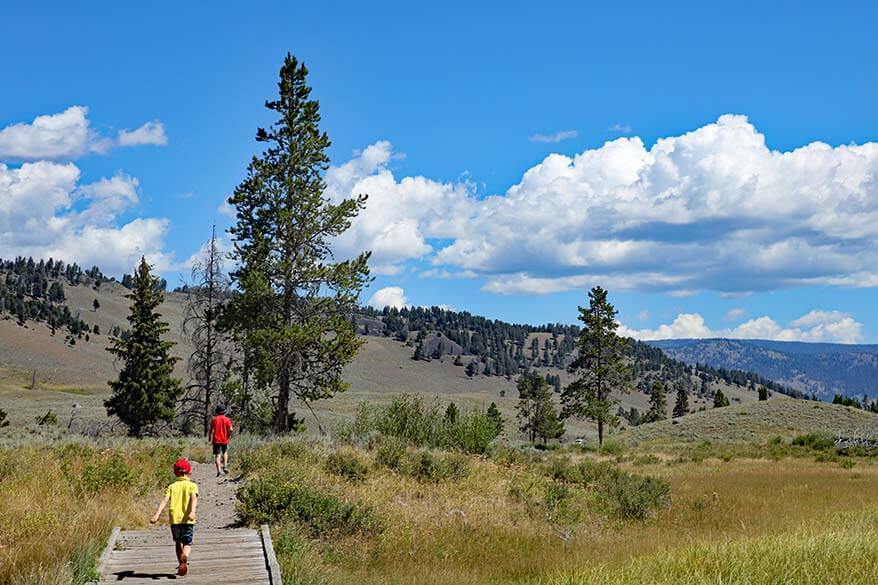
8.3 Don't approach wildlife
While it may be tempting to get closer to animals for a better picture, it's essential to keep your distance. Yellowstone's wildlife is wild and unpredictable, and approaching them puts both you and the animals at risk. Always maintain a safe distance and never feed the wildlife.
9. Conclusion
Visiting Yellowstone National Park is a unique and awe-inspiring experience. From the geysers and hot springs to the stunning mountain ranges and wildlife, there's something for everyone. However, it's important to remember to respect the park's rules and regulations to preserve its natural beauty for future generations. By following these travel tips, you can have a safe and enjoyable trip to Yellowstone National Park. So get out there, explore the park, and make unforgettable memories!

Frequently Asked Questions
1. What is the best time to visit Yellowstone National Park?
The best time to visit Yellowstone National Park is during the months of May through September, when the weather is warm and the park is open for all activities. However, if you are interested in exploring the park in solitude, then the winter months of December through February are the best time for you. But do keep in mind that many park facilities are closed during this time, and the weather can be extremely harsh.
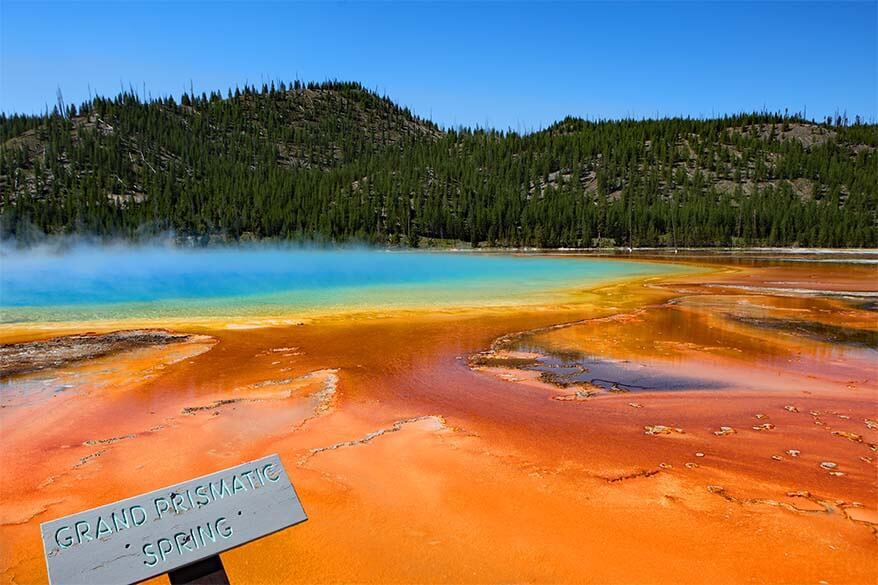
2. What are the must-see attractions in Yellowstone National Park?
Some of the must-see attractions in Yellowstone National Park include Old Faithful Geyser, Grand Prismatic Spring, Yellowstone River and Yellowstone Lake, Lamar Valley, Yellowstone Falls, and the Mammoth Hot Springs. These natural wonders are the crown jewels of the park and should not be missed during your visit.
3. Can I hike in Yellowstone National Park?
Yes, hiking is allowed in Yellowstone National Park. There are more than 1,000 miles of hiking trails that range from easy walks to strenuous hikes. However, do keep in mind that some trails may be closed due to bear activity, weather conditions, or trail maintenance. It is always best to check with park rangers for the latest trail conditions before embarking on a hike.

4. Is it safe to visit Yellowstone National Park?
Yes, Yellowstone National Park is generally safe to visit. However, there are some potential hazards that visitors should be aware of, such as bear encounters, unpredictable geothermal features, fast-flowing rivers, and steep drop-offs. It is important to follow park rules and regulations, stay on designated trails, and be aware of your surroundings at all times.

5. What can I do to help preserve Yellowstone National Park?
There are several things you can do to help preserve Yellowstone National Park, such as staying on designated trails, properly disposing of your waste, respecting wildlife and their habitats, and following park rules and regulations. You can also volunteer with the park's conservation efforts or donate to organizations that support Yellowstone National Park's mission of maintaining and preserving its natural and cultural resources for future generations.





